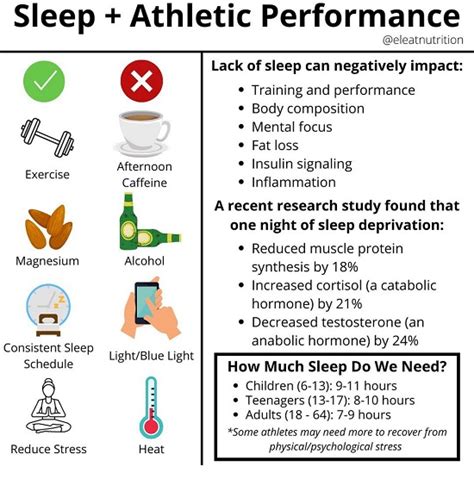Boost male performance: What’s the most time-efficient workout for maximum strength gains?

In the quest to enhance male performance, building maximum strength is often a cornerstone. However, modern life rarely affords endless hours in the gym. The burning question for many men is: how can you achieve significant strength gains in the shortest possible time? This article delves into the most time-efficient workout strategies designed to maximize your strength and overall male performance without sacrificing your schedule.
The Power of Efficiency: Why Less Can Be More
When it comes to strength training, simply spending more time in the gym doesn’t automatically equate to better results. In fact, excessive volume without proper intensity or recovery can lead to diminishing returns, overtraining, and even injury. Time-efficient workouts prioritize quality over quantity, focusing on fundamental principles that drive adaptation and growth quickly.

Core Principles for Rapid Strength Gains
To maximize strength in minimal time, adherence to specific training tenets is crucial:
- Compound Movements: These exercises work multiple muscle groups and joints simultaneously, delivering the biggest bang for your buck. Think squats, deadlifts, bench presses, overhead presses, and rows. They recruit more muscle fibers, allow for heavier loads, and stimulate greater hormonal responses crucial for strength and performance.
- Progressive Overload: The fundamental driver of strength. To get stronger, you must consistently challenge your muscles with increasing resistance, reps, or volume over time. This forces your body to adapt and grow.
- High Intensity, Low Volume: Focus on lifting challenging weights for fewer sets and reps (e.g., 3-5 sets of 3-6 reps for primary lifts). This approach targets strength pathways more effectively than high-rep, low-weight schemes.
- Optimal Rest Periods: Allow adequate rest (2-4 minutes) between heavy sets to ensure full recovery of the ATP-PC energy system, enabling you to perform each set with maximum effort.
The Ultimate Time-Efficient Workout Routine (3 Days/Week)
A full-body workout split performed three times a week (e.g., Monday, Wednesday, Friday) is arguably the most efficient way to build strength. This allows for frequent stimulation of major muscle groups while providing sufficient recovery time between sessions. Each session should last no more than 45-60 minutes, including warm-up.
Workout Structure:
Warm-up (5-10 minutes): Light cardio, dynamic stretches, movement preparation specific to the workout.
Main Lifts (30-40 minutes):
- Lower Body Compound: Back Squats or Deadlifts (alternate these each workout or focus on one for a cycle) – 3-5 sets of 3-6 reps.
- Upper Body Push Compound: Bench Press or Overhead Press (alternate these) – 3-5 sets of 3-6 reps.
- Upper Body Pull Compound: Barbell Rows or Pull-ups (if you can perform them) – 3-5 sets of 5-8 reps.
- Accessory/Core (Optional, 10 minutes): Choose 1-2 exercises like Plank, Farmer’s Walks, or Bicep Curls/Tricep Extensions – 2-3 sets of 8-12 reps.
Cool-down (5 minutes): Static stretches.

Implementing Progressive Overload:
Each week, aim to slightly increase the weight, perform one more rep at the same weight, or reduce rest times. Keep a workout log to track your progress and ensure consistent challenge.

How Strength Gains Translate to Male Performance
Maximum strength isn’t just about lifting heavy weights; it significantly impacts various aspects of male performance:
- Increased Testosterone: Heavy compound lifting is known to stimulate natural testosterone production, which is vital for energy, libido, muscle mass, and overall well-being.
- Enhanced Physical Capability: From everyday tasks to sports and intimate activities, greater strength translates to improved power, endurance, and reduced risk of injury.
- Improved Body Composition: Increased muscle mass from strength training boosts metabolism, leading to better fat loss and a more athletic physique.
- Mental Fortitude: The discipline and achievement inherent in strength training build confidence, resilience, and mental toughness.

Beyond the Gym: Nutrition and Recovery
Even the most optimized workout plan will fall short without adequate nutrition and recovery. Ensure you consume enough protein (1.6-2.2g per kg body weight), healthy fats, and complex carbohydrates to fuel your workouts and support muscle repair. Prioritize 7-9 hours of quality sleep each night, as this is when most of your muscle growth and recovery occurs.

Conclusion
Achieving maximum strength gains and boosting male performance doesn’t require living in the gym. By focusing on time-efficient strategies built around compound movements, progressive overload, and high intensity, you can unlock significant results in just three focused workouts per week. Combine this with proper nutrition and recovery, and you’ll not only get stronger but also experience a profound improvement in your overall physical and mental well-being.








